Many animal species provide a variety of benefits to people in Florida. For example, several species of wildlife are associated with recreation (fishing, hunting, or wildlife viewing) or with protection of human life and property (oysters and corals provide reef structures that help mitigate coastal erosion and flooding from storms and ship wakes). By measuring the economic value of these benefits, we are also able to assign a monetary value to the habitats that sustain these species. The total economic value of a species is the sum of improvements in people's well-being that results from the ecosystem services the species provides. Ecosystem services are "the components of [the environment] that are directly enjoyed, consumed, or used to produce specific, measurable human benefits" (Boyd and Banzhaf 2007, p. 619).
Forestland in Florida is under pressure from development and land-use change. Programs such as Florida's Forest Stewardship Program (FSP) encourage land-management practices that reduce loss and degradation of habitats for the nearly 50 threatened, endangered, or otherwise rare species found in Florida. As a result, programs such as the FSP are likely to prevent reductions in the populations of these species.
This fact sheet presents the results of a study that assessed the value of FSP lands for protecting five key species in Florida that are threatened or endangered or that have Special State Concern status. Specifically, the study analyzes how the loss of the FSP program and associated land use changes would impact the populations of these five species, and what the economic value is of avoiding this loss.
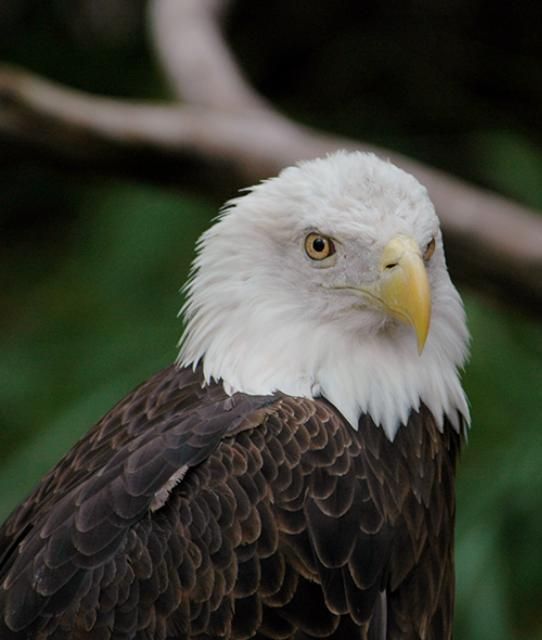
Credit: UF/IFAS
Understanding the economic value of threatened, endangered, or rare Florida animal species allows us to assess the value that is lost when development or other human-based activities result in the degradation or loss of species habitat. In addition, knowledge about the economic value of particular species can inform decisions on support for their conservation and can provide a rationale for targeted conservation programs.
Use and Non-Use Values
The benefits a species provides to humans can have both use and non-use values. Use values refer to increases in well-being that people derive from the direct interaction with species. This direct interaction can be consumptive (hunting, trapping, or fishing), or non-consumptive (wildlife viewing or photography). Non-use values are not associated with any direct interaction with the species. They are associated with a person's appreciation of a particular species' existence or its conservation for future generations (Prato 1998). These values are estimated by asking individuals about their willingness to pay (WTP) for increases or avoided reductions in the population of a particular species. Use and non-use values together make up the total economic value of a species.
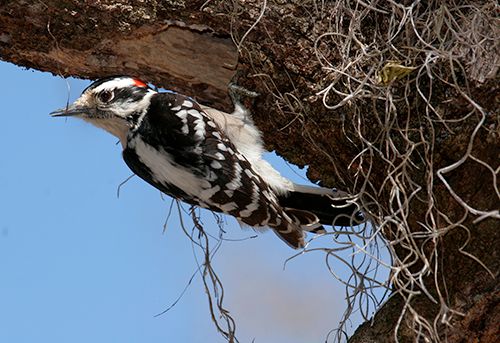
Credit: UF/IFAS
Selection of Species for the Study
The species included in this study were selected from a list of threatened, endangered, or rare species, State Special Concern species, and additional species of interest in Florida. To determine which species were present on FSP lands, each species' potential habitat was identified using Geographical Information System (GIS) analysis. We found that lands enrolled in the FSP program provide habitat for 13 species listed as endangered or endangered under the Federal or Florida Endangered and Threatened Species Acts, as well as 15 species of State Special Concern in Florida. From this list of candidate species, we selected five for this study: 1) southern bald eagle (Haliaeetus leucocephalus), 2) red-cockaded woodpecker (Picoides borealis), 3) Florida black bear (Ursus americanus floridanus), 4) Florida scrub jay (Aphelocoma coerulescens), and 5) gopher tortoise (Gopherus polyphemus). These species were selected because of the availability of published WTP estimates (red-cockaded woodpecker and bald eagle) or the high public awareness about these species (black bear, scrub jay, and gopher tortoise).
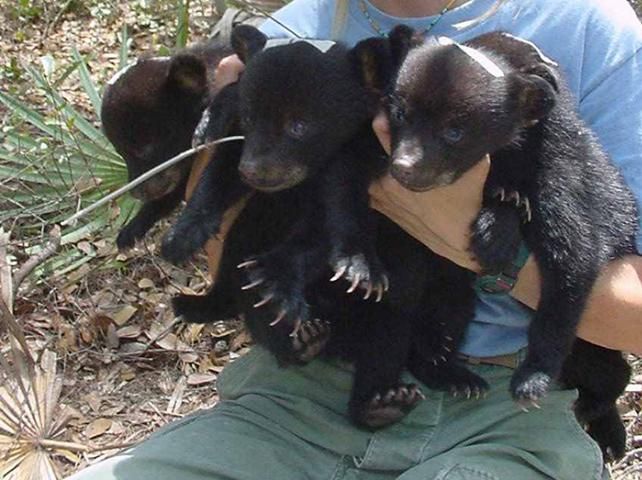
Credit: UF/IFAS
Estimates of the Non-Use Value Provided by Florida Forest Stewardship Lands
To estimate the species loss avoided through enrollment in the FSP, we employed the widely used approach of expert elicitation (US EPA 2011). Specifically, we provided biologists and managers with the Florida Fish and Wildlife Commission with maps of species habitat and FSP lands and asked them to provide their best estimate of the population losses of these five species that would result were it not for the FSP. We identified two experts each for the gopher tortoise and the black bear, and three each for the scrub jay, red-cockaded woodpecker, and bald eagle.
Without the FSP, experts estimate the following statewide population declines for each of the five species:
-
Bald eagle—up to 3%
-
Red-cockaded woodpecker—0 to 5%
-
Scrub jay—1 to 3%
-
Black bear—not measurable
-
Gopher tortoise—negligible
These results indicate that, because a small percentage of Florida forestland is currently enrolled in FSP, these lands provide limited benefits in the form of avoided population losses for the five species selected for this analysis. Indeed, less than 1% of the statewide potential habitat of each of these species is found on FSP lands. However, the importance of species habitat on FSP lands is expected to increase in the future, as more habitat is lost due to continuing conversion of forest lands.
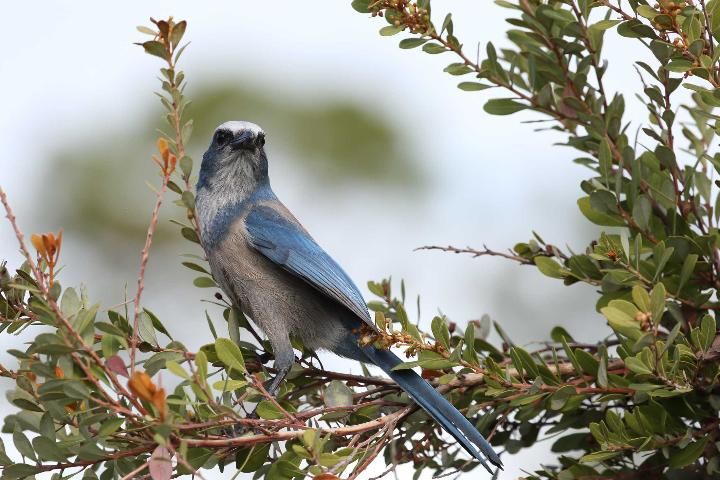
Credit: iStock / Getty Images Plus / ArendTrent
Estimates of the Non-Use Value of Avoided Species Population Loss
We estimated Floridians' WTP for the avoided population losses for the five species that is attributable to FSP lands. This was done using the widely employed "benefit transfer method," or the application of similar existing estimates from other locations to our FSP study sites (Bergstrom and De Civita 1999).
Three approaches were used to estimate the existence values for the avoided losses in the five species included in this study (for a full explanation of the methods, please see Escobedo et al. 2012, pp. 93–127).
-
Approach 1 uses an existing WTP estimate from the published literature for the bald eagle (Boyle and Bishop 1987; Stevens et al. 1991). This approach applies that estimate to Florida by scaling into the expected size of the avoided bald eagle population loss and accounting for income differences between the literature studies and Florida.
-
Approach 2 develops a second set of WTP estimates using a model that includes species characteristics, size of population change, and other variables identified as significant in the literature (Richardson and Loomis 2009). The variables in that model are set at the appropriate values for Florida to generate WTP estimates for the five species in this study.
-
Approach 3 uses the WTP estimates for the bald eagle in approach 1 and scales these to the red-cockaded woodpecker and scrub jay using the amount of federal and state spending on conservation for each of these species (Table 1).
Based on existing studies (Richardson and Loomis 2009), WTP for an avoided bald eagle population loss of 3% (the expected impact avoided by FSP lands) would range from $0.045 to $0.074 per household per year. Annual WTP per household for the other four species was estimated based on Approaches 1, 2, and 3, described above (Table 2).
The annual household WTP was then converted into lump-sum WTP, or the equivalent one-time payment people would be willing to make to avoid population losses in these species over the next twenty years. The lump-sum WTP was calculated both at the household and the statewide levels.
Based on approaches 1 and 3, the average household in Florida is estimated to have a lump-sum WTP of $1.60 to $2.64 for a 3% avoided loss in the statewide population of bald eagles; of $4.98 for a 5% avoided loss in the red-cockaded woodpecker; and of 17 cents for a 1 to 2% avoided loss in scrub jays. By contrast, approach 2 yields estimates of between $4.20 and $17.04 for these population changes. These estimates suggest that the average household in Florida would be willing to pay up to $8 (approaches 1 and 3) or $36 (approach 2) for avoiding these losses (Table 3).
We estimate that total statewide WTP for preventing the respective population losses of the bald eagle, red-cockaded woodpecker, and scrub jay on FSP lands is between $5.9 million (approaches 1 and 3) and $128 million (approach 2) (Table 4). The lower of these two estimates was derived from conservative estimates by combining the lowest avoided species loss estimates with the lower WTP estimates. The higher value was derived by combining the highest expected avoided losses with the highest WTP estimates. Both estimates assume that only 51 percent of Florida households would be willing to pay for the species protection, a conservative assumption based on the average response rate in species conservation WTP studies reported in Richardson and Loomis (2009). The mean estimates of each approach are $17 million and $91 million, respectively. Thus, we estimate that the overall total statewide lump-sum WTP for the avoided losses of bald eagle, red-cockaded woodpecker, and scrub jay populations due to enrollment in the FSP program is $54 million. Because population impacts on the black bear and the gopher tortoise were considered to be negligible, we were unable to estimate WTP for these species.
Key Implications
Although FSP land makes up only a small percentage of Florida forestlands, our analysis indicates that the loss of the FSP program and associated land use changes would negatively affect key threatened or endangered wildlife species. Using accepted methods, we estimate Floridians' WTP to prevent the loss of species populations expected to result from these land-use changes. Our mean estimate of the statewide WTP to prevent species loss for the bald eagle, red-cockaded woodpecker, and scrub jay is $54 million. This value for threatened, endangered or rare species protection is part of a larger suite of ecosystem service values provided by FSP lands and similar forestlands in Florida. These values can inform policy-making and provide support for programs such as FSP that are instrumental in protecting wildlife habitat in Florida. They can also be used as part of educational programs for the public regarding the value of natural lands and the ecosystem services they provide. Educators can emphasize the "real" economic values associated with landowners' properties, as well as encourage management approaches that focus on habitat conservation.
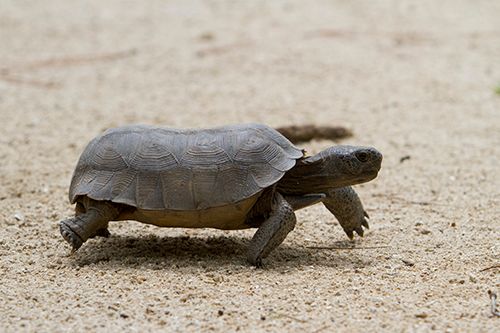
Credit: UF/IFAS
Literature Cited
Bergstrom, J.C., and P. De Civita. 199. "Status of Benefits Transfer in the United States and Canada: A Review." Canadian Journal of Agricultural Economics 47 (1): 79–87.
Boyd, J., Banzhaf, S. 2007. "What are ecosystem services? The need for standardized environmental accounting units." Ecological Economics 63: 616–626.
Boyle, K. and R.C. Bishop. 1984. "Valuing wildlife in benefit-cost analyses: A case study involving endangered species." Water Resources Research 23 (5): 943–950.
Escobedo, F., D. Adams, A. Abd-Elrahman, and T. Stein. 2012. Stewardship Ecosystem Services Survey Project. Gainesville: University of Florida. Available at http://www.sfrc.ufl.edu/CFEOR/docs/EcosystemServices.FloridaStewardshipReport.Jul2012.pdf
Prato, T. 1998. Natural Resource and Environmental Economics. Ames: Iowa State University Press.
Richardson, L. and J.B. Loomis. 2009. "The Total Economic Value of Threatened, Endangered and Rare Species: An Updated Meta-Analysis." Ecological Economics 68: 1535–1548.
Stevens, T.H., J. Echeverria, R.J. Glass, T. Hager and T.A. More. 1991. "Measuring the existence value of wildlife: What do CVM estimates really show?" Land Economics 67(4):390–400.
US Environmental Protection Agency. 2011. Expert Elicitation Task Force White Paper. Washington, DC: U.S. Environmental Protection Agency. 142 pp.
Tables
Total spending and spending ratios for five species by US Fish and Wildlife Service and State of Florida.
Estimated annual willingness to pay (WTP) per household for red-cockaded woodpecker, black bear, scrub jay, and gopher tortoise.
Lump-sum willingness to pay (WTP) for avoided population losses of five species as a result of habitat protection from enrollment in the Florida Forest Stewardship Program.